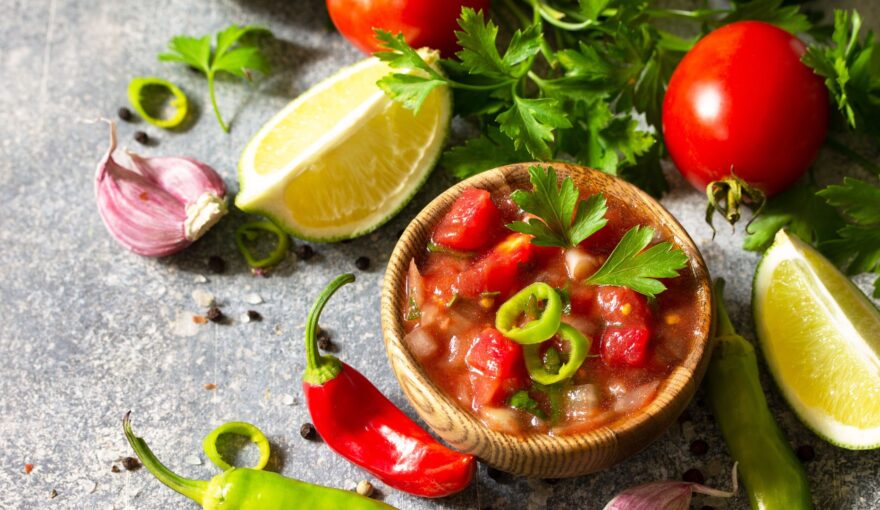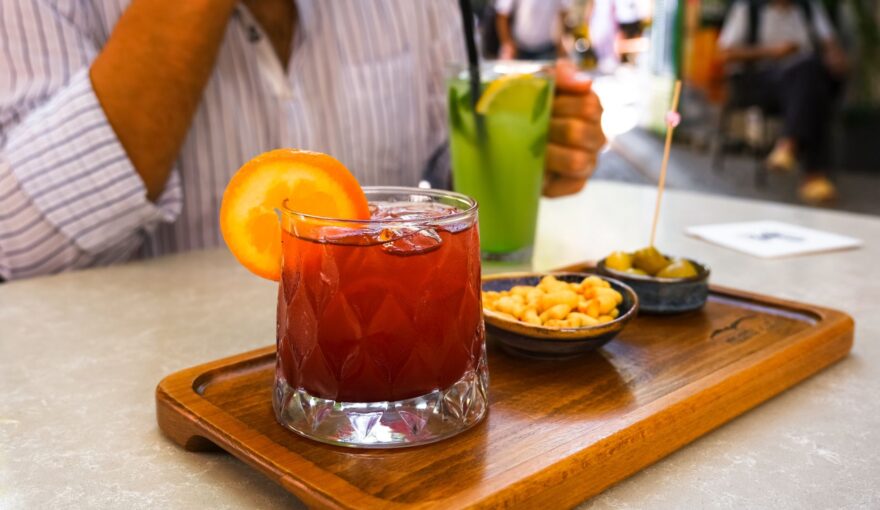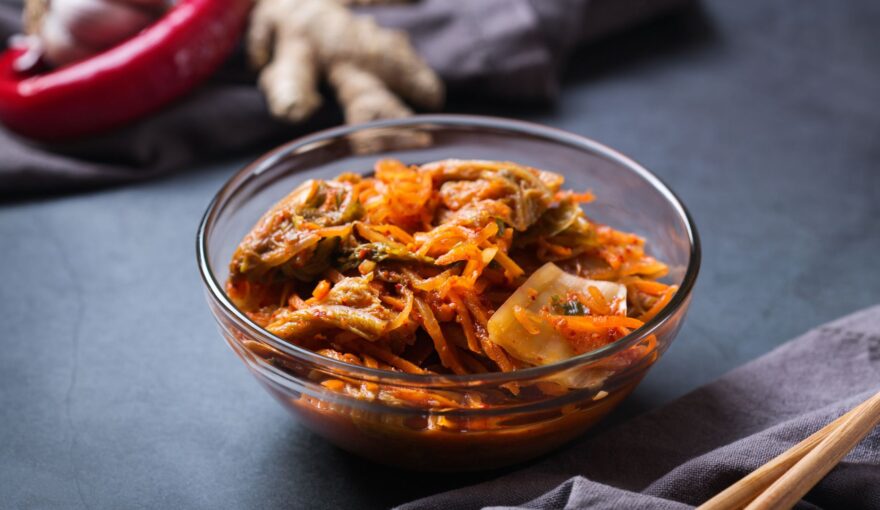The Art of Salsa: Much More Than Spicy
In Latin American cuisine, salsa is not a simple accompaniment. It is the soul of the dish, the finishing touch that reveals the history, identity, and passion of a culture. At Azúcar Restaurant, we understand that each salsa tells a different story: one of roots, traditions, and creativity that transcends borders.
When we talk about Latin salsas, many immediately think of spiciness. However, the true art lies in the balance. Salsas are the result of centuries of culinary fusion, of native ingredients combined with European, African, and Asian influences. From the chiles of Mexico to the ajís of the Caribbean or Peru, each region has created its own language through flavors.
In Mexico, for example, salsa is an extension of national identity. There’s one for every occasion: the green one with tomatillo and cilantro that refreshes, the roasted red one that highlights the flavor of tacos, or the mole that combines dozens of ingredients to tell a story of complexity and patience. No two are the same, and each is prepared with an emotional and gastronomic purpose.
In the Caribbean, salsas are an explosion of color and aroma. Sweet pepper, pineapple, mango, and lime are blended with chilies and spices to create sauces that celebrate tropical joy. Their purpose isn’t always to spice things up, but rather to highlight the freshness of seafood or balance the fat in a fried dish. Here, salsa is a celebration: an invitation to enjoy without fear of contrasts.
Further south, in countries like Peru and Colombia, salsas accompany with discretion but with purpose. Yellow pepper, rocoto, and cilantro are used not only for flavor, but also for texture, aroma, and temperature. In a ceviche, for example, tiger’s milk is a sauce in itself: a combination of citrus, chili, and herbs that encapsulates the soul of the dish.
At Azúcar Restaurant, we draw inspiration from all these traditions to create our own interpretations. Each sauce we create seeks that point where flavor and emotion meet. It’s not just about spice, but about nuances: a smoky touch that sparks curiosity, a citrus note that refreshes, an unexpected sweetness that balances. It’s our way of paying homage to the diversity of Latin cuisine and offering experiences that transcend the ordinary.
The art of salsa lies in its ability to transform. A dish can be perfect without it, but with the right salsa, it becomes memorable. That’s the magic we seek to convey in every recipe: that each bite tells a story, and that each flavor takes you to a different corner of Latin America.
Because at Azúcar Restaurant, we know that salsas don’t just accompany food: they elevate it, define it, and give it soul. And in each one, there is a part of our history served on the plate.








